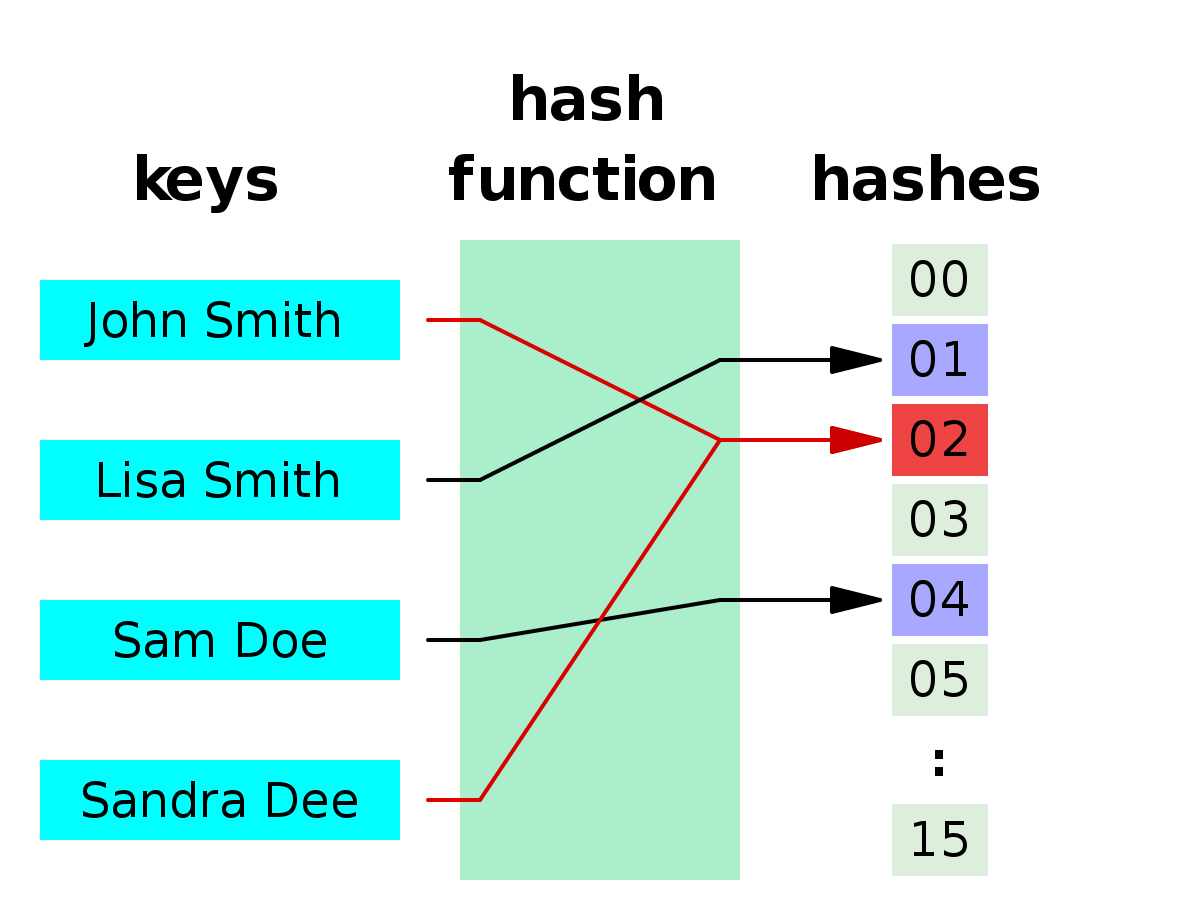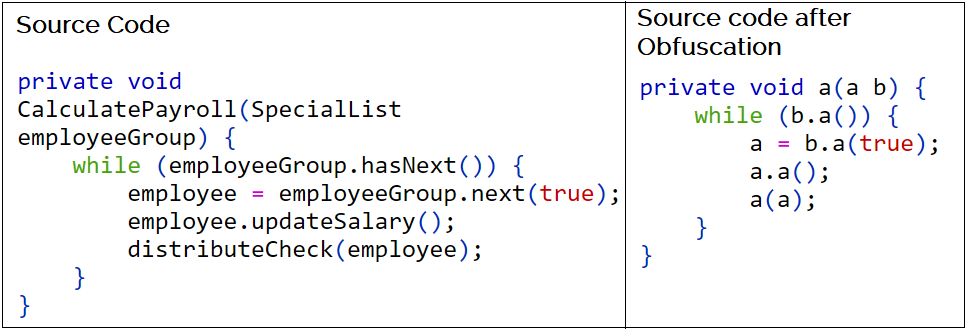- May 6, 2019
- Posted by: Rahul Thachilath
- Categories:
Encryption, Encoding, Obfuscation, Salting, and Hashing are kind of similar terms and are often confused with each other. So let’s discuss each term and how they are different from each other.
Encryption
The purpose of encryption is to transform data in order to keep it secret from others, e.g. sending someone a secret letter that only they should be able to read, or securely sending a password over the Internet. Rather than focusing on usability, the goal is to ensure the data cannot be consumed by anyone other than the intended recipient(s).
In programming terms, Encryption transforms data into another format in such a way that only specific individual(s) can reverse the transformation. It uses a key, which is kept secret, in conjunction with the plaintext and the algorithm, in order to perform the encryption operation. As such, the ciphertext, algorithm, and key are all required to return to the plaintext
Today, the most common forms of encryption are:
Asymmetric Encryption
This is the Public Key example we just gave. One key encrypts, the other key decrypts. The encryption only goes one way. This is the concept that forms the foundation for PKI (public key infrastructure), which is the trust model that undergirds SSL/TLS.
Symmetric Encryption
This is closer to a form of private key encryption. Each party has its own key that can both encrypt and decrypt. As we discussed in the example above, after the asymmetric encryption that occurs in the SSL handshake, the browser and server communicate using the symmetric session key that is passed along.
Between the two, asymmetric encryption tends to be stronger owing to its one-way nature.
Commonly used encryptions: aes, blowfish, rsa.
Encoding
The purpose of encoding is to transform data so that it can be properly (and safely) consumed by a different type of system, e.g. binary data being sent over email, or viewing special characters on a web page. The goal is not to keep information secret, but rather to ensure that it’s able to be properly consumed.
Encoding transforms data into another format using a scheme that is publicly available so that it can easily be reversed. It does not require a key as the only thing required to decode it is the algorithm that was used to encode it.
Encoding can be used for reducing the size of audio and video files. Each audio and video file format has a corresponding coder-decoder (codec) program that is used to code it into the appropriate format and then decodes for playback.
Examples: ascii, unicode, URL Encoding, base64
Obfuscation
The purpose of obfuscation is to make something harder to understand, usually for the purposes of making it more difficult to attack or to copy.
One common use is, the obfuscation of source code so that it’s harder to replicate a given product if it is reverse engineered.
It’s important to note that obfuscation is not a strong control (like properly employed encryption) but rather an obstacle. It, like encoding, can often be reversed by using the same technique that obfuscated it. Other times it is simply a manual process that takes time to work through.
Another key thing to realize about obfuscation is that there is a limitation to how obscure the code can become, depending on the content being obscured. If you are obscuring computer code, for example, the limitation is that the result must still be consumable by the computer or else the application will cease to function.
Examples: javascript obfuscator, proguard
Salting
Salting is a concept that typically pertains to password hashing. Essentially, it’s a unique value that can be added to the end of the password to create a different hash value. This adds a layer of security to the hashing process, specifically against brute force attacks. A brute force attack is where a computer or botnet attempt every possible combination of letters and numbers until the password is found. Anyway, when salting, the additional value is referred to as a “salt.” The idea is that by adding a salt to the end of a password and then hashing it, you’ve essentially complicated the password cracking process.
Example:
Say the password I want to salt looks like this:
7X57CKG72JVNSSS9
Your salt is just the word SALT Before hashing, you add SALT to the end of the data. So, it would look like this:
7X57CKG72JVNSSS9SALT
Hashing
Hashing is the practice of using an algorithm to map data of any size to a fixed length. This is called a hash value (or sometimes hash code or hash sums or even a hash digest if you’re feeling fancy). Whereas encryption is a two-way function, hashing is a one-way function. While it’s technically possible to reverse-hash something, the computing power required makes it unfeasible. Hashing is one-way. Now, whereas encryption is meant to protect data in transit, hashing is meant to verify that a file or piece of data hasn’t been altered—that it is authentic. In other words, it serves as a check-sum.
Here’s how it works, each hashing algorithm outputs at a fixed length. So for instance, you may hear about SHA-256, that means that the algorithm is going to output a hash value that is 256 bits, usually represented by a 64 character hexadecimal string (h/t Matthew Haslett). Every hash value is unique. If two different files produce the same unique hash value this is called a collision and it makes the algorithm essentially useless. Last year, Google created a collision with the SHA-1 hashing algorithm to demonstrate that it’s vulnerable. SHA-1 was officially phased out in favor of SHA-2 in early 2016. But Google had a point to make so it devoted two years’ worth of funds, man hours and talent in a partnership with a lab in Amsterdam to make something that was to that point more of abstraction into a reality. That’s a long way to go to prove a point. But Google went there.




